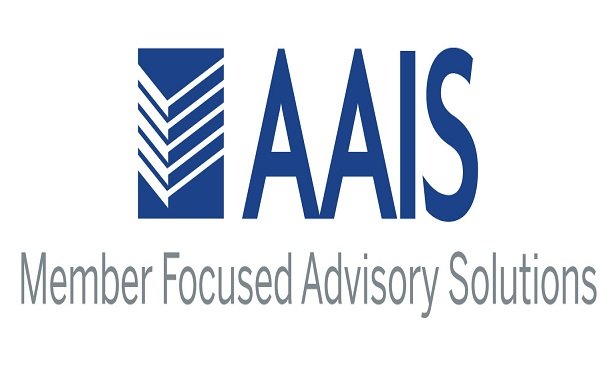The Federal Reserve Board announced Wednesday its approval of afinal rule that defines the terms “significant nonbank financialcompany” and “significant bank holding company,” potentiallyclearing the way for the Financial Stability Oversight Council(FSOC) to designate an insurance company for consolidatedsupervision by the Fed.
|The board also established the requirements for determining whena company is “predominantly engaged in financial activities.”
|The final rule cleaves closely to the proposal developed underDodd-Frank Act parameters and factors that FSOC must consider whendetermining whether to designate a nonbank financial company forconsolidated supervision. FSOC takes a close look at the extent andnature of the company's transactions as well as interconnectednesswith other significant nonbank financial companies and significantbank holding companies.
|Consistent with the proposal, a firm will be consideredsignificant if it has $50 billion or more in total consolidatedassets or has been designated by the FSOC as systemicallyimportant. Among insurers, Prudential Financial and AIG are underconsideration by FSOC, which is headed by the Treasury Secretary,as nonbank systemically important financial institutions.
|MetLife shed its bank and is only eligible for consideration asa nonbank SIFI (it was never a bank SIFI), given its size, but itsays it has not yet been contacted by FSOC, so it has not furnishedproprietary, nonpublic information. It does meet the $50 billionthreshold.
|Prudential and AIG are in the so-called Stage 3 process andthere will be a private period where insurers will discuss theproposed designation, if any, before the Treasury makes anydesignation public.
|The uniform quantitative thresholds the FSOC intends to apply inthe first stage of evaluation or further review are if a companyhas at least $50 billion in total consolidated assets and meets orexceeds any one of the following:
- $30 billion in gross notional credit-default swapsoutstanding;
- $3.5 billion in derivative liabilities;
- $20 billion of outstanding loans borrowed and bondsissued;
- 15-to-1 leverage as measured by total consolidated assets tototal equity;
- 10 percent ratio of short-term debt to total consolidatedassets.
MetLife falls above the total debt, derivative liabilities andCDS thresholds, while Prudential falls above the mark on total debtand derivative liabilities.
|An exception from the first Fed proposal is that the finalFed rule states that engaging in physically settled derivativestransactions generally will not be considered a financial activity,a change from the proposal.
|The FSOC is meeting privately today but a summary won't beavailable until later. The final rules are effective May 6.
|If and when designated, those nonbank financial companies,including the insurers among them, will be subject tostricter capital rules and be required to have additional capitalbuffers, undergo stress tests same as banks that could hampershare buybacks or capital-raising strategies, as MetLifeexperienced, file quarterly credit-exposure reports, and create well-developed plans that outline an orderlyrecovery and resolution plan if they do face failure.
|Nonbank SIFIs will also be required to submit reports to theFederal Reserve, the FSOC and the FDIC on the company's creditexposure to other significant nonbank financial companies andsignificant bank holding companies as well as the credit exposureof such significant entities to the company.
|“Meeting the additional people, data, technology, time andcapital demands required of SIFIs is likely to be expensive,”stated an early report by Deloitte on SIFIs. “On the plus side,there could be possible funding- and borrowing-cost advantages thatcome from being viewed as too big to fail. This perception ofgreater strength could make a company more attractive to investors,customers, business partners and counterparties,” stated thereport, “SIFI: Whether in or out, start preparing now.”
|There is the much-touted idea of the need for a so-called “SIFIsurcharge” of perhaps 2.5 percent points on top of common equitycapital requirements of 7 percent, Deloitte repeated.
Want to continue reading?
Become a Free PropertyCasualty360 Digital Reader
Your access to unlimited PropertyCasualty360 content isn’t changing.
Once you are an ALM digital member, you’ll receive:
- All PropertyCasualty360.com news coverage, best practices, and in-depth analysis.
- Educational webcasts, resources from industry leaders, and informative newsletters.
- Other award-winning websites including BenefitsPRO.com and ThinkAdvisor.com.
Already have an account? Sign In
© 2024 ALM Global, LLC, All Rights Reserved. Request academic re-use from www.copyright.com. All other uses, submit a request to [email protected]. For more information visit Asset & Logo Licensing.








